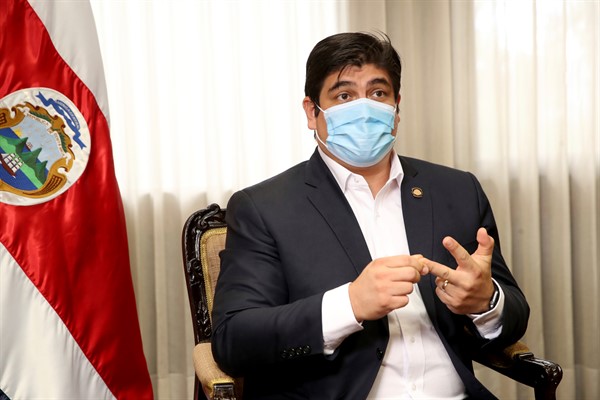On June 14, the Costa Rican authorities conducted dozens of raids on private residences and public agencies as part of a sweeping anti-corruption investigation. The operation, whose targets included the office of the president’s main adviser, was a coordinated sting on a scale never seen before in a corruption case in Costa Rica. It was the culmination of more than a year’s worth of efforts by the Judicial Investigative Police and the Attorney General’s Office, which had been tapping phones and gathering evidence against a massive bribery ring involving government officials and public infrastructure contractors.
It is no exaggeration to say that this is the most important instance of corruption in Costa Rica’s recent history, and as such, it is testing the effectiveness of the country’s system of accountability in prosecuting and punishing graft.
The sprawling case, nicknamed “Cochinilla”—a kind of small, parasitic insect that feeds on crops, reproduces quickly and is very hard to eradicate—involves a familiar modus operandi. Construction firms allegedly paid various forms of bribes to public officials in order to receive priority treatment from the National Highway Council—which is known in Costa Rica by the acronym CONAVI and is part of the Ministry of Transportation—and to win lucrative contracts for road-building and maintenance.

